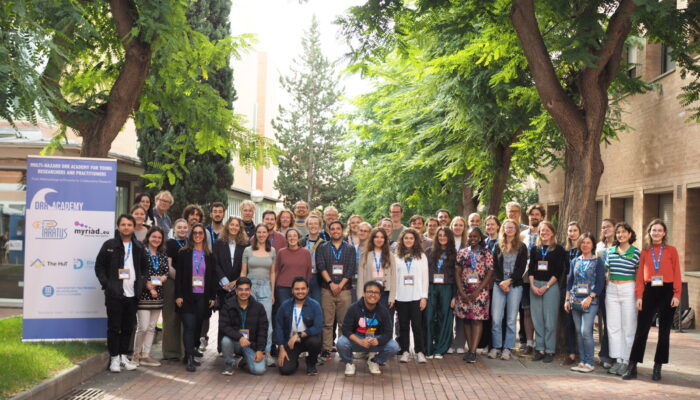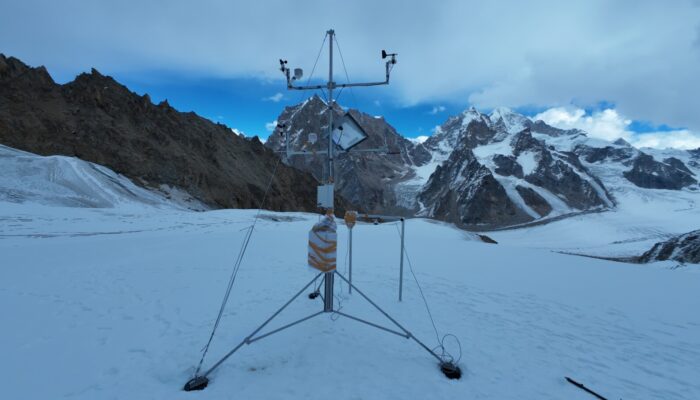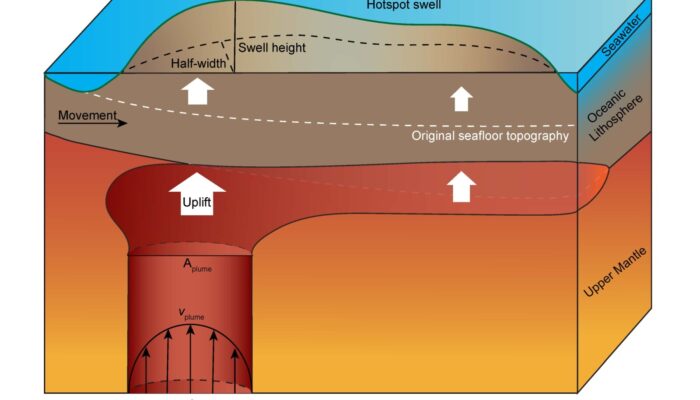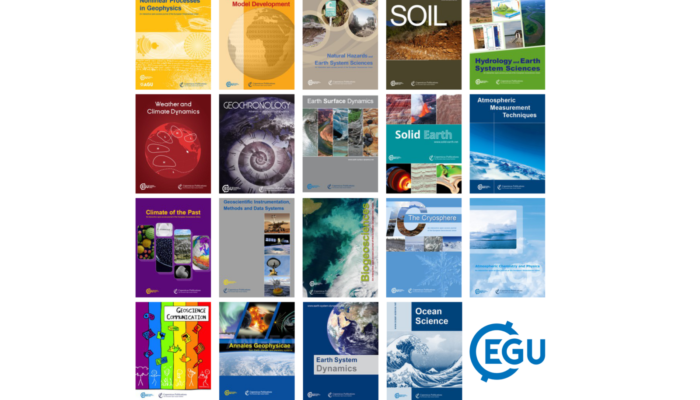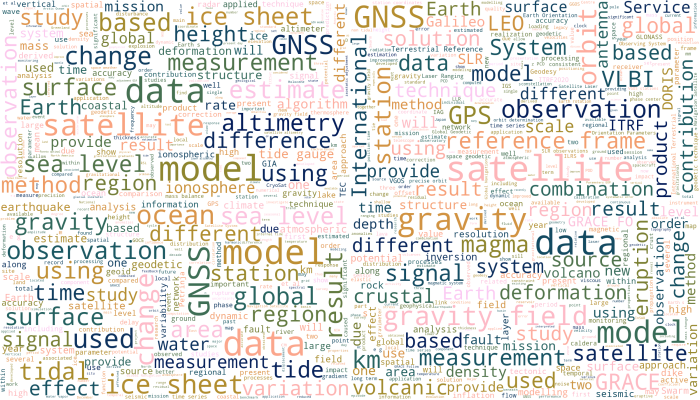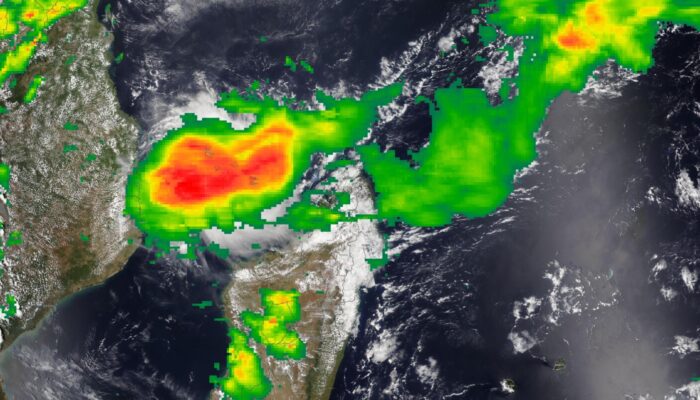From 23 to 26 October 2024, over 40 early-career researchers and practitioners from across the globe gathered at Universitat Politècnica de Catalunya (UPC) in Barcelona (Spain) for the Multi-hazard Disaster Risk Reduction (DRR) Academy. Set against the vibrant backdrop of this dynamic city, the Academy offered a unique platform for participants to engage, learn, and collaborate on the complex chal ...[Read More]
If you didn't find what you was looking for try searching again.
Cryospheric Sciences
Field notes from the Chhota Shigri Glacier: A journey of science and survival in the Himalaya
I’m Himanshu Kaushik, a PhD student working under the guidance of Dr. Mohd Farooq Azam at the Indian Institute of Technology Indore (India). Seven years ago, I took my first steps onto the Chhota Shigri Glacier (CSG) in the Indian (Western) Himalaya, and it felt like stepping into another world. Surrounded by the towering peaks, it seemed otherworldly and humbling. After that first expeditio ...[Read More]
Geomorphology
Highlighting EGU 2025 General Assembly Geomorphology Sessions
This blog post is part of our series: “Highlights” for which we’re accepting contributions! Please contact one of the GM blog editors, Emily (eb2043@cam.ac.uk) or Emma (elodes@asu.edu), if you’d like to contribute on this topic or others. Here at the EGU Geomorphology Division Blog, we’re starting up the New Year with a look forward to the highlight of our annual calendar: the EGU General Assembl ...[Read More]
Geodynamics
New Insights into Plume Buoyancy Fluxes and Dynamic Topography from Numerical Modelling
Figure 1. Illustration of the hotspot swell and plume buoyancy flux. White dashed line shows the original seafloor topography due to half-space cooling. Dark green line represents the surface dynamic topography caused by the dynamic uplift of the plume. One of the main surface expressions of dynamic topography are hotpot swells formed by mantle plumes. In this week’s post, Ziqi Ma, PhD candi ...[Read More]
Biogeosciences
Demystifying the EGU OSPP Poster Competition
The Abstract deadline for the 2025 General Assembly is approaching fast (January 15th!) and with it the deadline to sign up for the OSPP award. If you are an early career researcher who is interested in joining the contest, this is you! We talked with the coordinators, as well as some of last year’s winners to help you understand how to sign up, why to sign up and what to look out for ...[Read More]
GeoLog
GeoRoundup: the highlights of EGU Journals published during December!
Each month we feature specific Divisions of EGU and during the monthly GeoRoundup we put the journals that publish science from those Divisions at the top of the Highlights section. For December, the divisions we are featuring are Cryospheric Sciences (CR) and Soil System Sciences (SSS). They are served by the journals: The Cryosphere (TC), SOIL , and Solid Earth (SE). Climate of the Past: Surface ...[Read More]
Geodesy
Geodesy Division Year In Review 2024
Hi EGU Community! We hope that you had some rest during the holidays and are ready for this new year ahead! With the last blog post of 2024, we want to look back at what happened in the G Division during the last year and give an outlook on what you can expect for the coming year! Looking back on 2024 Over the past year, we published a total of 19 blog posts. Many thanks to all the authors who con ...[Read More]
Seismology
Seismology Job Portal
On this page, we regularly update open positions in Seismology for early career scientists. Do you have a job on offer? Contact us at ecs-sm@egu.eu Please, note that other available research positions are displayed on the EGU Jobs Portal.
Natural Hazards
How scientists support Disaster Risk Reduction (DRR) policies: the example of a European Ultraperipheral Department (Mayotte, the 14th of December, 2024)
Ultraperipheral European departments like Mayotte are developing regions, often disproportionately exposed to natural hazards and struggling to mitigate the impacts of climate change. The eye of cyclone Chido, the most violent storm to hit Mayotte island in 90 years, engulfed the French Department on the 14th of December 2024. The extensive destruction and massive loss of life ranks this event as ...[Read More]
Geochemistry, Mineralogy, Petrology & Volcanology
Season’s Greetings to the GMPV Community
As 2024 draws to a close, we reflect on a year filled with groundbreaking discoveries and inspiring collaborations in mineralogy, geochemistry, petrology, and volcanology. This year, our understanding of Earth’s intricate systems has deepened significantly. We widen our scopes approaching mineralogical and petrological problems with new methods such as machine learning and deep learning tech ...[Read More]

